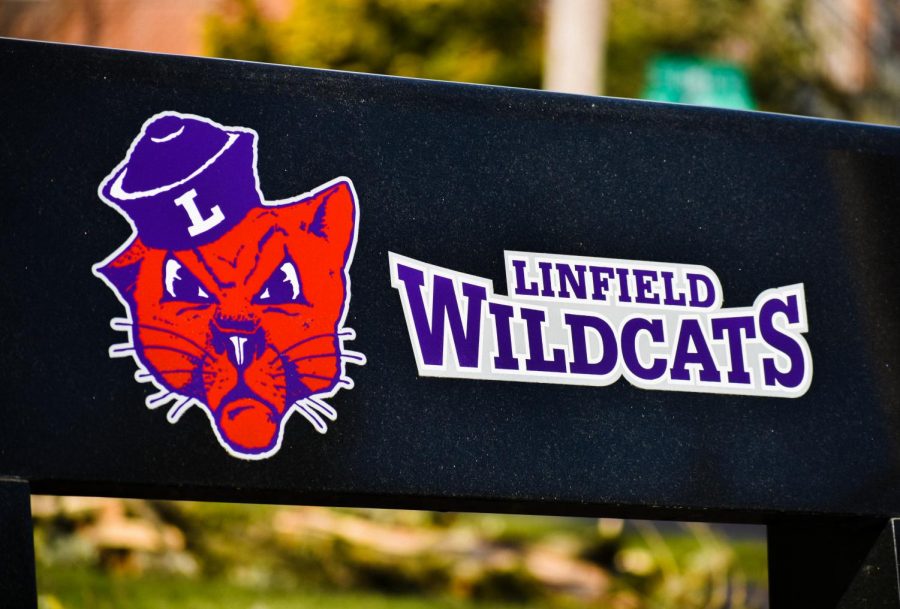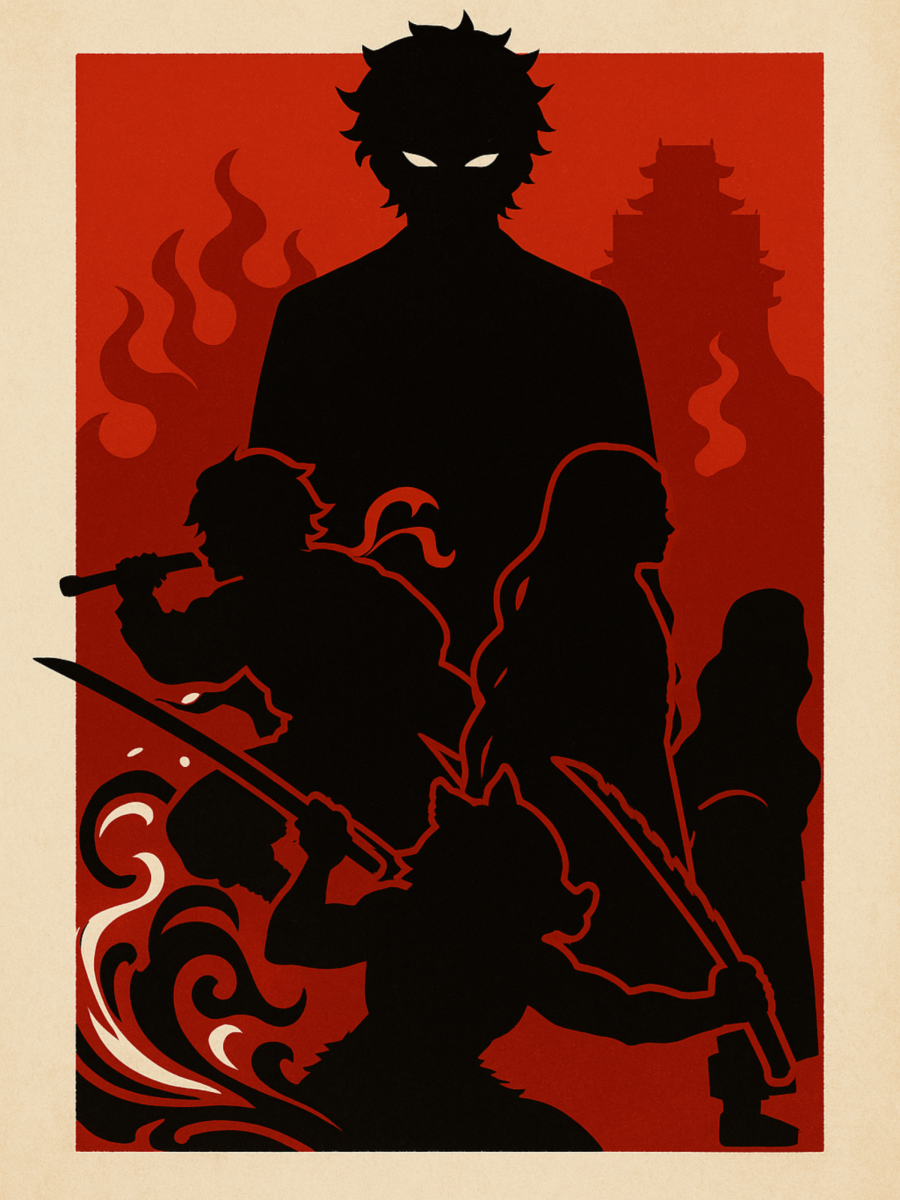In the words of Andy Williams, it’s the most wonderful time of the year. The holiday season is full of tradition and excitement, focusing on the warmer aspects of the winter months, culminating on Christmas Day.
While the day itself has ties back to Christianity, the holiday has evolved to be much more. It is a holiday full of tales and legends such as Santa Claus, the Grinch, Rudolph, Frosty the Snowman and traditions such as the Christmas tree, Christmas lights, gift-giving and ham dinner. But where do these traditions that have evolved into the Christmas holiday come from?
Kris Kringle, Saint Nick, Santa Claus. The jolly old man dressed in red with a white beard is likely the first thing you think of when you think of Christmas. Some of the earliest indications of Santa Claus come from New York, when the historian Washington Irving in his 1809 book “History of New York” depicted Saint Nicholas as a plump Dutch sailor in a green holiday coat.
In 1821 a poem was published giving the first depiction of Santa Claus as a giver of presents to children, and when “The Night Before Christmas” was published, it gave further rise to the current way Santa Claus is depicted. The modern image of Santa can be attributed to Thomas Nast, a cartoonist for “Harpers Weekly” during the Civil War. He was the first to depict Santa in a red suit with a sack of gifts, hailing from the North Pole in an 1863 cartoon.
Nowadays, the way we view Santa is heavily impacted by movies like “The Santa Clause’, “Elf”, and “The Polar Express”, which depict Santa as a jolly old man who gives gifts on Christmas Eve to kids across the world. This depiction of Santa Claus is as old as the television.
A common myth associated with Santa Claus is that he was an invention of the Coca-Cola Company, however Santa Claus in his current form was used for that, notably in a campaign for a mineral water company. Ever since the legacy of Saint Nick has been the modern cultural concept.
Beyond Santa, one of the most recognizable symbols of Christmas is the famous Christmas tree, adorned with lights, ornaments and a topping. But where does the concept of trees and presents in the home come from?? While many legends would say that Christmas trees became popular around the Protestant Reformation, its true origins lie in Freiburg, Germany.
Beginning in 1419, a tree would be put up to celebrate the Christmas Eve feast adorned with apples, wafers, tinsel, and gingerbread. The first indoor Christmas tree can be traced back to 1605 according to “Christmas: A Biography” by Judith Flanders. The tradition slowly spread throughout Europe and later into the United States. The Rockefeller Center Christmas tree first went up in 1931, and now there are town Christmas trees across America. The tradition of putting gifts under the Christmas tree can trace its origin in 1841, when Queen Victoria decorated her tree with toys to entertain her children, and it has been a symbol of toys and gifts since then.
Perhaps the most famous Christmas tradition is the giving of gifts to friends and family. The tradition can trace itself back to the Christian roots of the holiday. When Jesus was born, the Bible says three men — the Three Wise Men, arrived at Jesus’s birth to give him presents. That, combined with the stories about Saint Nicholas (the inspiration for Santa Claus), began the slow spread of giving gifts around Christmas.
The tradition was originally only people giving gifts to their superiors but after the spread of the story of “Good King Wenceslas” the custom became less common. Later on, the modern perception of gift-giving on Christmas began to form as it became a marketing gimmick, with retail outlets taking this custom and making it a way to generate revenue. At the turn of the 20th century, the custom of giving to kids arose when retailers began to market more to children in an effort to entice parents to spend more.
Many different Christmas traditions arose over the years, but the three major pillars of them — Santa Claus, the tree and gift-giving — are all recent inventions that depart from the traditional aspect of the Christian holiday.








